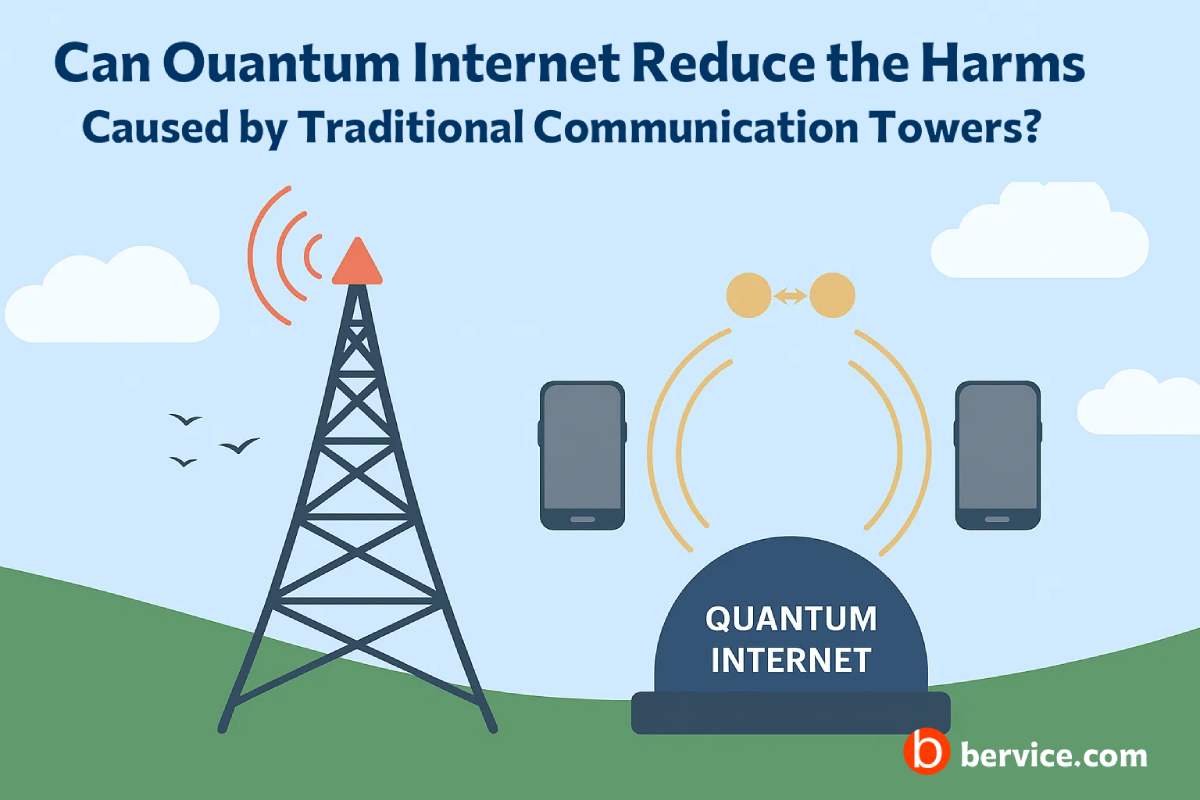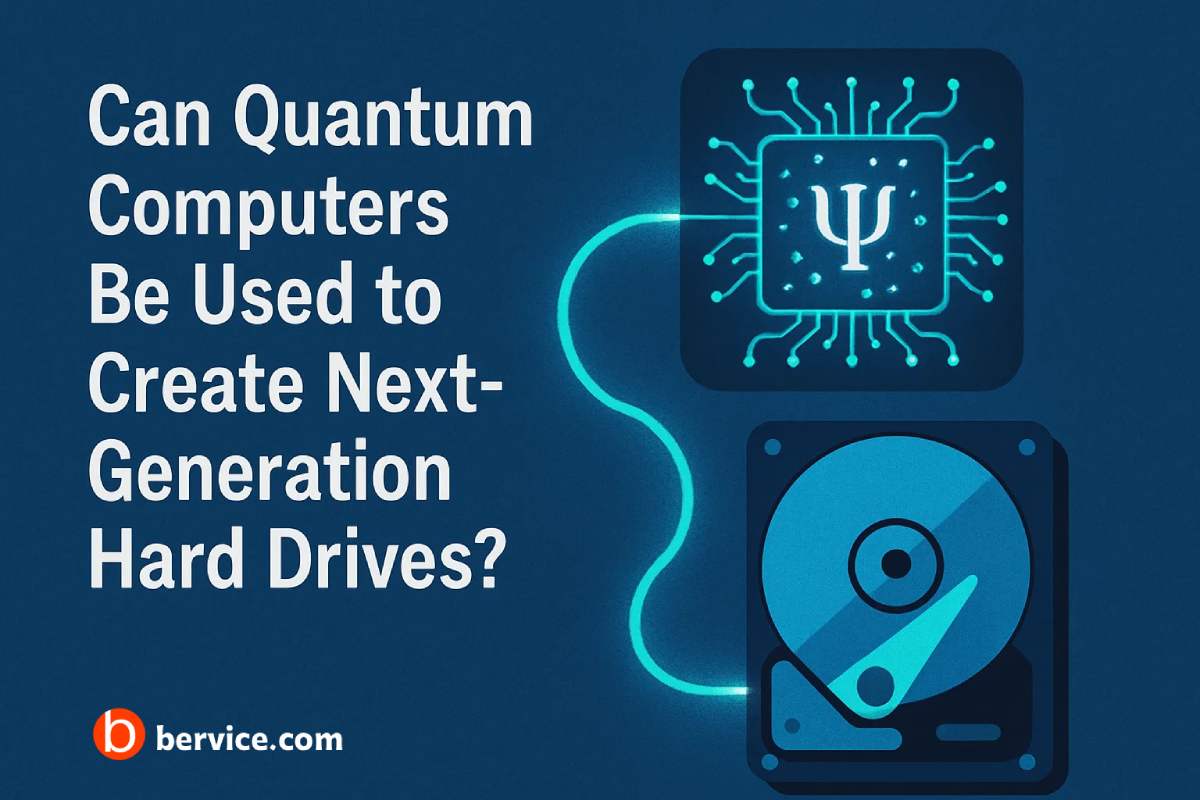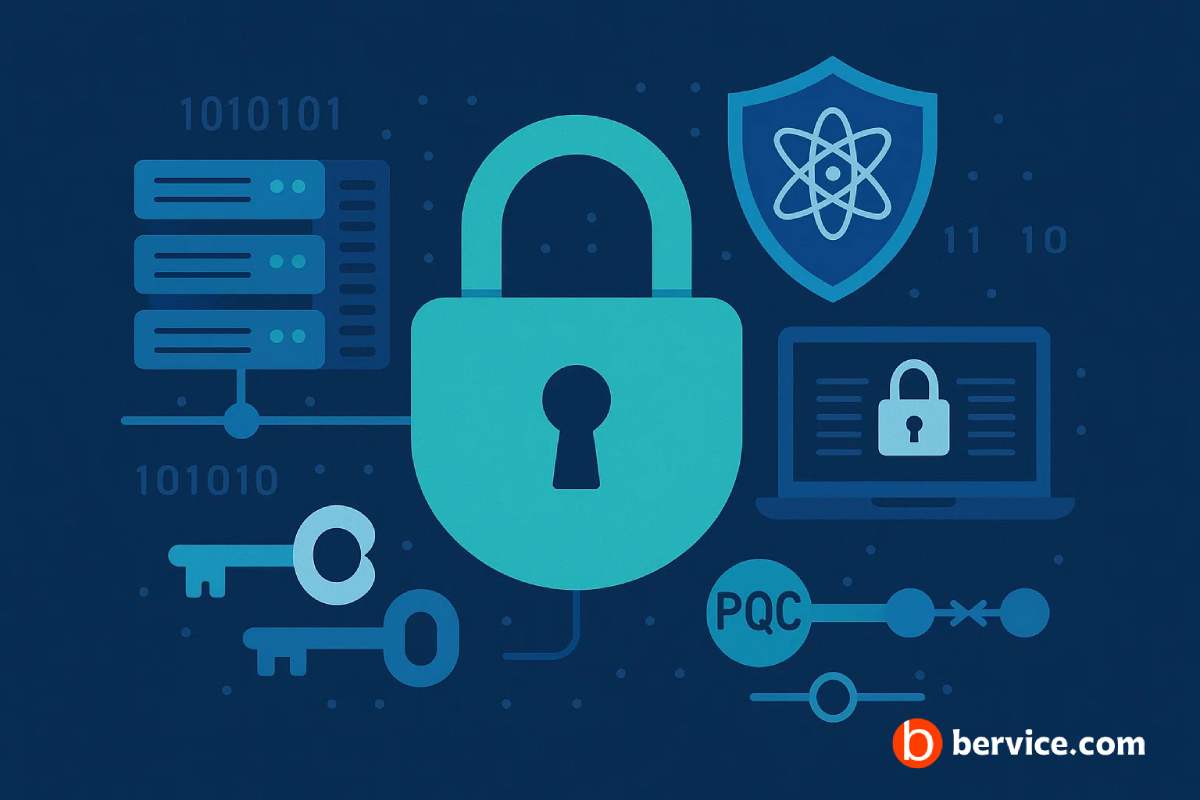
Post-Quantum Cryptography (PQC) refers to cryptographic algorithms that are designed to secure data against the potential threats posed by quantum computers. Quantum computers, due to their immense computational power, could eventually break widely-used cryptographic systems that are currently considered secure, such as RSA and ECC (Elliptic Curve Cryptography). These algorithms rely on the difficulty of mathematical problems like factoring large numbers or solving discrete logarithms, which quantum computers could solve efficiently using Shor’s algorithm.
Here’s a detailed explanation of Post-Quantum Cryptography:
1. The Threat of Quantum Computers
- Classical Cryptography vs. Quantum Computers: Current cryptographic protocols are based on the assumption that certain mathematical problems (like factoring large numbers) are hard to solve with classical computers. However, quantum computers could solve these problems exponentially faster, making current encryption methods obsolete.
- Shor’s Algorithm: This quantum algorithm can factor large numbers in polynomial time, breaking the security of RSA and ECC. This poses a significant risk to the confidentiality and integrity of data in the future once quantum computers become practical.
2. What is Post-Quantum Cryptography (PQC)?
Post-Quantum Cryptography involves developing new cryptographic systems that are resistant to quantum attacks but can still be run on classical computers. The goal is to ensure the security of sensitive information even in the era of quantum computing.
3. Key Characteristics of PQC
- Quantum-Resistant Algorithms: These algorithms are specifically designed to resist attacks from quantum computers. They rely on mathematical problems that are hard even for quantum computers to solve.
- Compatibility: Unlike quantum cryptographic techniques (like quantum key distribution), PQC algorithms are designed to work within the classical computing infrastructure, meaning they can be implemented in today’s systems and software without the need for quantum hardware.
4. Types of PQC Algorithms
There are several approaches being explored for PQC, including:
- Lattice-Based Cryptography: Uses complex mathematical structures called lattices. It’s considered one of the most promising approaches to PQC due to its strong resistance to quantum attacks. Examples include NTRU and Ring-LWE.
- Code-Based Cryptography: Based on error-correcting codes, these systems are also resistant to quantum computing attacks. McEliece is a notable example.
- Multivariate Polynomial Cryptography: Based on the difficulty of solving systems of multivariate equations over finite fields, this approach also shows promise for post-quantum security.
- Hash-Based Cryptography: Hash functions that can be used in digital signatures to provide security against quantum attacks. An example of this is the XMSS (eXtended Merkle Signature Scheme).
- Isogeny-Based Cryptography: Based on the mathematical structure of elliptic curves and their isogenies, this approach aims to provide secure encryption methods against quantum computers.
5. Current Status and Standardization
- NIST Post-Quantum Cryptography Standardization Project: The National Institute of Standards and Technology (NIST) has been leading an effort to standardize post-quantum cryptographic algorithms. After several rounds of evaluation, they have narrowed down the list of candidates, and some algorithms are likely to be adopted for widespread use in the future.
- Transition Timeline: While quantum computers that can break classical cryptography are not yet available, researchers are preparing by developing these new algorithms so that the transition to post-quantum systems can be made before quantum computers become a serious threat.
6. Applications of PQC
- Public Key Infrastructure (PKI): PQC will play a crucial role in securing communications, including email encryption and digital signatures.
- Blockchain and Cryptocurrencies: The rise of quantum computers poses a significant threat to the security of cryptocurrencies. Many cryptocurrency systems use elliptic curve cryptography (ECC) for securing transactions and wallets. Post-quantum cryptographic algorithms could potentially be used to protect blockchain networks and digital wallets from quantum-based attacks.
- Government and Military: Sensitive government communications and military data rely on the security provided by cryptography. The development and deployment of PQC will be essential for maintaining national security in a future with quantum computers.
7. Challenges of Post-Quantum Cryptography
- Performance: Many post-quantum algorithms require significantly more computational resources than current algorithms. This could lead to slower encryption and decryption processes, particularly in resource-constrained environments.
- Compatibility: Existing cryptographic systems and protocols would need to be updated or replaced, which requires significant effort and coordination across industries and governments.
- Uncertainty: Since practical quantum computers are not yet available, it is difficult to predict exactly which cryptographic techniques will be the most resistant to quantum attacks. This uncertainty makes the development of PQC a challenging process.
Conclusion
Post-Quantum Cryptography represents an essential area of research aimed at ensuring the security of data in a future where quantum computers can potentially break current encryption methods. By developing and implementing PQC algorithms, we can safeguard sensitive information and secure communications against the threat posed by quantum computing. However, widespread adoption of PQC will require overcoming several technical challenges, including algorithm efficiency and integration into existing systems. As quantum technology advances, PQC will become increasingly important for protecting privacy and security in the digital age.
Connect with us : https://linktr.ee/bervice





